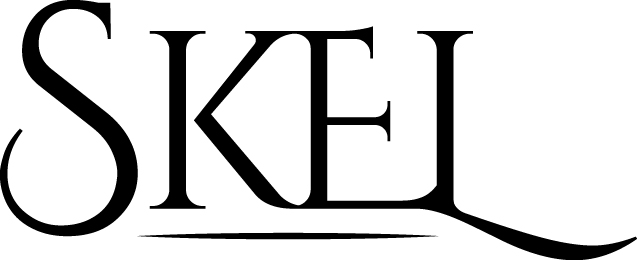Work
The Discobolus of Myron is an exceptional work, unique and limited to five series of 998 copies. This lost-wax bronze sculpture symbolises the ideal of beauty of Ancient Greece and brings together the artistic qualities that the creators of the time pursued: movement, perfection, order, and beauty.
Myron's original bronze sculpture is lost, but the work is known through classic texts and numerous copies, mostly Roman and in marble. One of these copies is the Discobolus Palombara or Lancellotti, which is located in the Museo Nazionale Romano, specifically in the Palazzo Massimo alle Terme.
Now, Myron's Discobolus returns to its bronze origins with this exclusive edition created by Planeta. A sculpture inspired by the Lancellotti version and created following a meticulous handcrafted process, backed by the notarised certificate that accompanies the piece. One by one, the figures take shape: each piece is crafted from an original mould and then attached to a base engraved with a quote from a Greek philosopher in bas-relief, as well as the title of the work. All the sculptures are also numbered by hand on the base, making these pieces unique and unrepeatable. Finally, they are located on a travertine marble plinth.
The Discobolus sculpture comes with Greek Sculpture, a large-format book designed as an authentic tribute to Ancient Greek art. The book features studies by specialists in Hellenic art that describe the process of creating some of the greatest Greek art that has survived to the present day, as well as an extensive study of the Discobolus sculpture.
Both the sculpture and the book are presented in an elegant, exquisitely designed protective case which also serves as a decorative piece of art itself.
The production process
Technical specifications
- Size: 44 x 54 x 31 cm.
- Porexpan interior in high-density grey tones.
- Foam insert for the sculpture and outer section for the book.
- It contains the book Greek Sculpture, Myron's Discobolus, and the numbered notarised certificate.
- Lost-wax casting bronze sculpture.
- Sealed with patina.
- Hand numbering 1 to 998 in five series.
- Base engraved with a quote from a Greek philosopher in bas-relief and the title of the work.
- Travertine marble base.
- Aprox. weight: 9.2 kg.
- Size: sculpture: 30 x 21 x 21 cm; circular base: 21 cm diameter, 5 mm thick; plinth: 4 x 22, 6 x 22, 6 cm.
- Format: 38 x 28 cm.
- 192 pages.
- 5-ink printing.
- 170 g Gallery Gloss art stucco paper.
- 150 g semi-matte stucco and laminated cover.
- Binding: 3 mm hardcover lined and laminated.
- Flat spine sewn with black Setalux Brilliant fabric and screen printed.





















